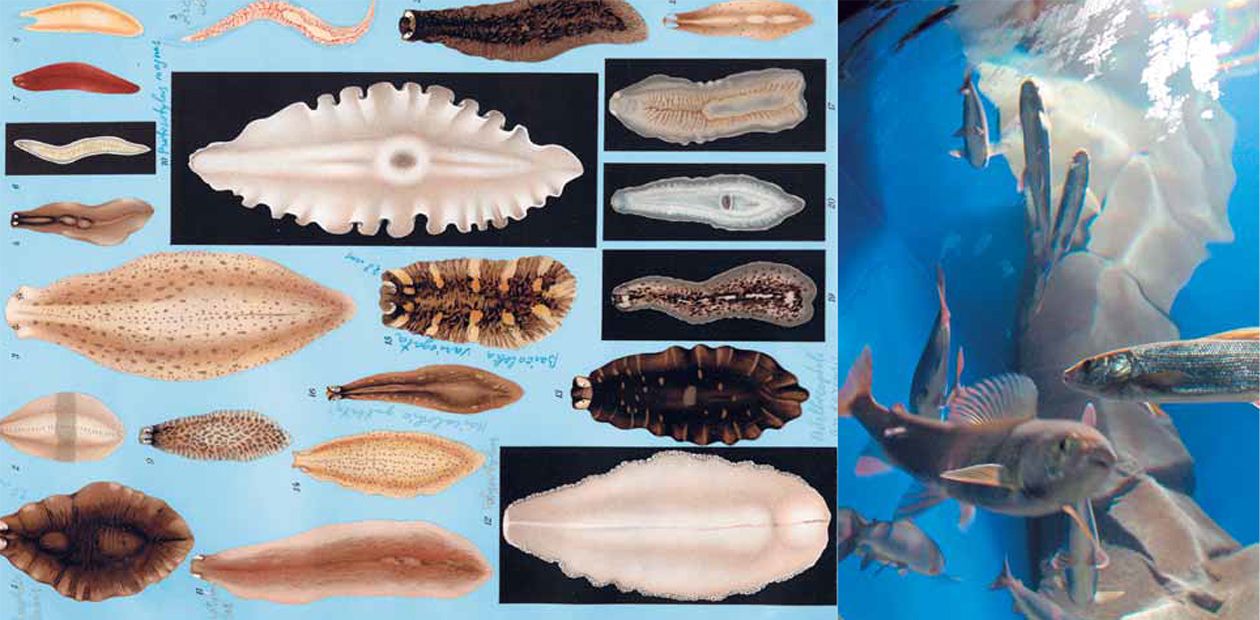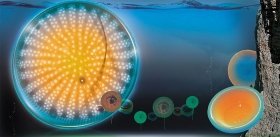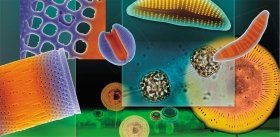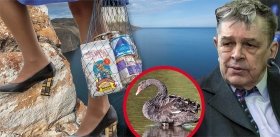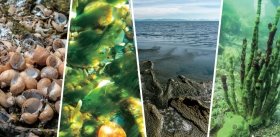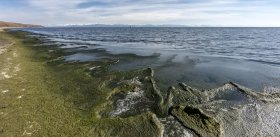Creating a Live Picture
The main character of this issue is “the glorious sea, sacred Baikal”.
Lake Baikal keeps lots of mysteries; Baikal itself is the greatest enigma. You will learn how these enigmas are being unraveled from the new rubric “Siberia’s Natural Phenomena”. The rubric is devoted to the most ancient lake on the planet.
“Two weeks ago a really historic event took place in the Baikal region: a demonstration aquarium with forced Baikal water feed, which is inhabited by Baikal organisms was opened at the Museum of Lake Baikal. The interest towards the Museum has instantly soared manifold. Huge window glasses, crystal clear water, omuls, graylings, gammaruses, and a family of seals — all looking contented and happy, — all this astounded me. Water from Baikal is supplied via a 20 cm — diameter pipe from the depth of 0.5 km by powerful pumps, and is renewed four times in the course of 24 hours. The estimated cost of work is 24 mln rubles. The capacity of the largest aquarium is 8 tons. There are several aquariums. The expected payback period is three years. In my opinion the creation of the aquarium is a feat of V. A. Fialkov, director of the Museum. In 1993, V. A. Fialkov became the director of the Museum of Lake Baikal and set a goal to create an aquarium. After eleven years the aquarium appeared. It is necessary not only to the visitors of the Museum. As a matter of fact the aquarium is a point of complex monitoring: while the fish, crawfish, and seals are alive we need not worry about Baikal, it is pure.”
Academician M. A. Grachev
Scientists have been investigating Baikal for many years, to be more exact for centuries. Some specific results as well as a huge body of material evidence have been obtained, which necessitated gathering all this evidence in one place. As a result, the Museum of Lake Baikal of the Irkutsk Scientific Center SB RAS has been set up on the shore of Lake Baikal near the source of the river Angara. The Museum has officially become an independent scientific establishment since 1993. Here is the list of issues the research fellows of the Museum are tackling, and that list is far from being complete. They store and describe Baikal collections, study the regularities of Baikal ecosystem formation in the process of geological evolution, and monitor the lake’s littoral and underwater landscapes.
A great number of outstanding scientists took part in creating the unique exposition of the museum, among them N. Ladeishchikov, outstanding expert in the field of Baikal exploration and museum scientist. There is an ecology school where scientists teach. Textbooks, manuals, and Red Books are being published.
Vadim Fialkov, Director of the Museum of Lake Baikal, Cand.Sc. in Geography, arrived on Baikal in 1963 by the invitation of Mikhail Kozhov, great researcher of Baikal; since then he has constantly worked underwater studying the lake geomorphology and the organisms in their natural habitat.Since 1973 V. A. Fialkov has been working at Limnological Institute of SB RAS.
In 1977, with the support of academician Andrei Monin, great Russian oceanologist, V. A. Fialkov invited deepwater manned apparatuses “Pisces” to work on Baikal. Later, in 1990—1991, V. A. Fialkov guided the operation of these deepwater apparatuses in Baikal for two summer seasons. When diving in “Pisces” he attained the deepest point of Lake Baikal. Then he took part in the discovery of mysterious vents, bottom water outlets located at great depths.
In 1993, V. A. Fialkov became the director of the Museum of Lake Baikal.
Until recently there has been a problem. Baikal is not only what one can see at a glance, not only the surface; it is also an amazing underwater world changing strikingly with depth. Scientists have long and fruitfully been investigating it. The investigations have become especially effective since 1977 when famous deepwater apparatuses, “Pisces”, were delivered to Baikal. With their appearance Baikal bottom has become accessible at any depth. Early in the 1990s, “Pisces” attained the deepest point of the lake for the first time and discovered mysterious vents, bottom water outlets.
But the problem is that manned deepwater apparatuses serve scientists; it is impossible to put in them anyone who wishes. As a result, a living underwater world of Baikal was closed for educational purposes.
Quite recently the Museum has managed to resolve this problem, too. They opened a demonstration aquarium where different organisms, such as omuls, graylings, gammaruses, and seals live… The visitors have got a chance to find themselves in an underwater world without any special apparatus. In this way the exposition has acquired that ‘live’ completeness it lacked before.


